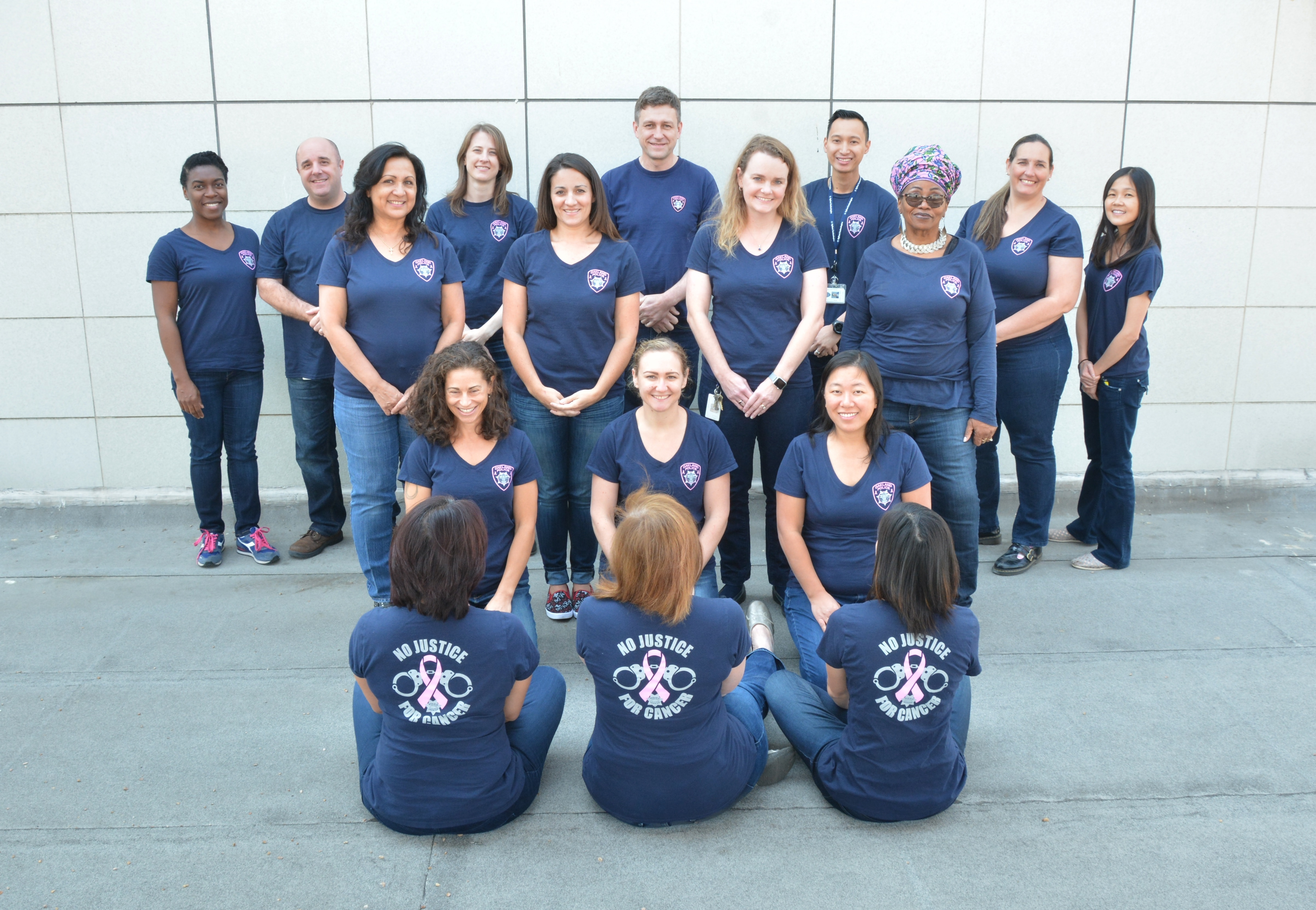Criminalistics Division Values
- Providing forensic services of the highest quality
- Integrity, responsibility, and ethical behavior
- Communicating the results and significance of our work in a clear and unbiased manner
- Assisting our employees to attain their full potential
- Maintaining a safe and healthy working environment
- Active participation in forensic science organizations and other activities that promote the advancement of forensic science.
Background
The Criminalistics Division consists of four units: Drug Analysis, Firearms, Forensic Biology and Latent Prints. On occasion, the laboratory provides Specialized Crime Scene Response. Members of scientific staff objectively examine, evaluate and interpret physical evidence related to the investigation of crimes. The Laboratory Manager oversees the Quality Assurance Program Supervisor whose responsibility it is to maintain the quality work product the City of Oakland has come to expect from the Laboratory.
The Laboratory’s primary client is the Oakland Police Department with services made available to the Alameda County District Attorney and other law enforcement agencies. The analyses conducted in the laboratory may lead to expert witness testimony at criminal trials. Case consultation and training are provided to OPD and local law enforcement agencies.
The Criminalistics Division is currently accredited by ANSI National Accreditation Board (ANAB). The scope of accreditation includes testing in the fields of Biology (DNA), Seized Drugs, Firearms/Toolmarks and Friction Ridge (processing and comparisons). The accreditation conforms to ISO/IEC 17025:2017 and ANAB supplemental requirements.
